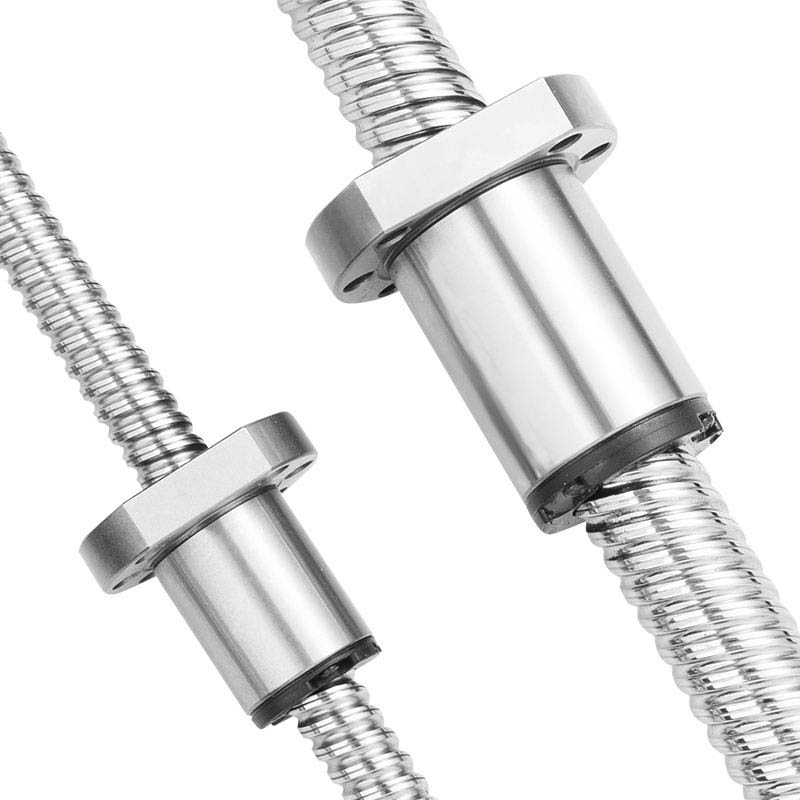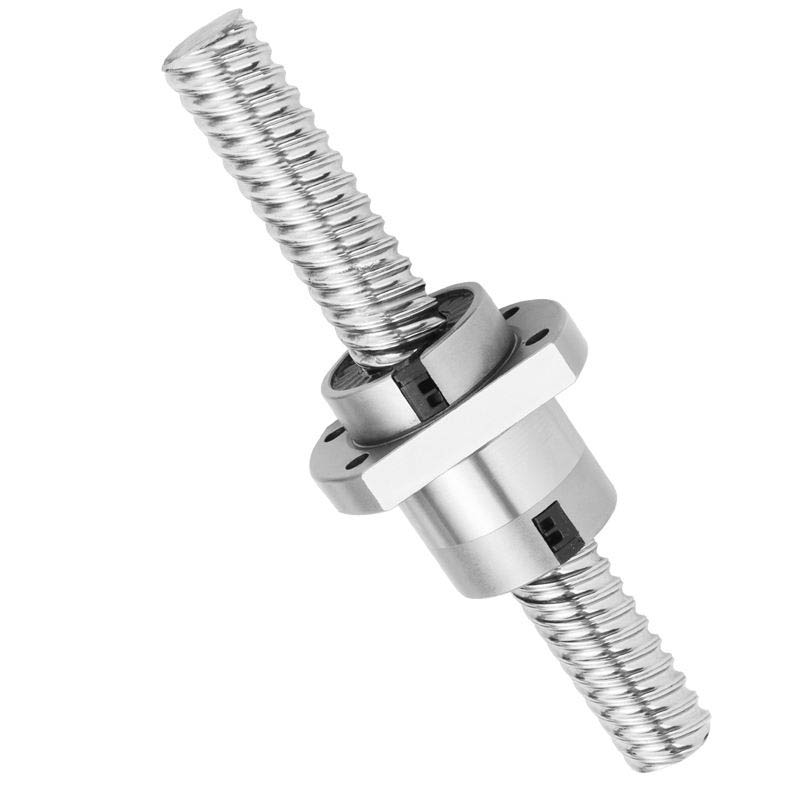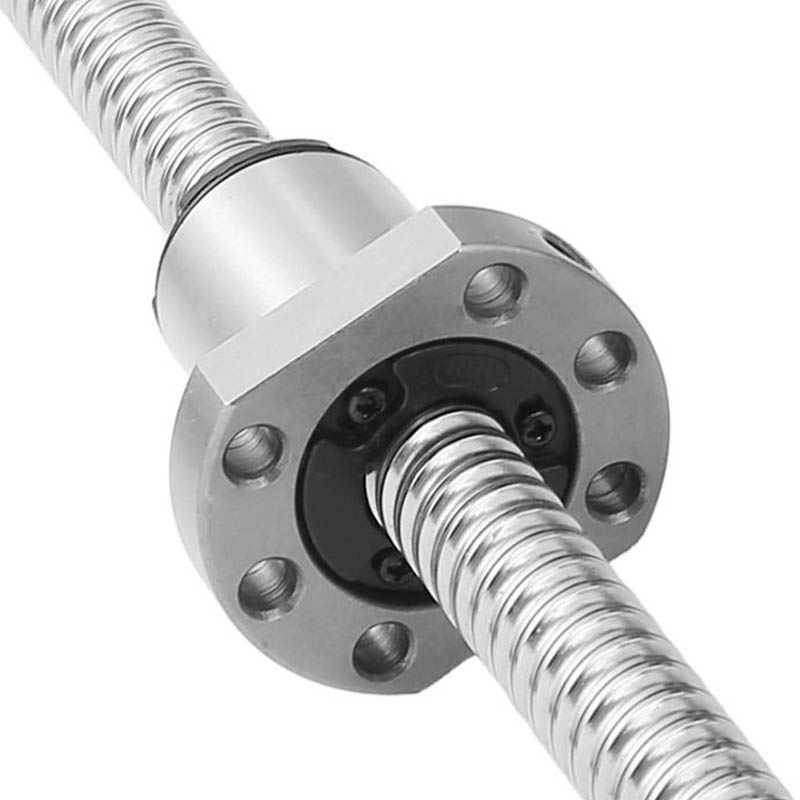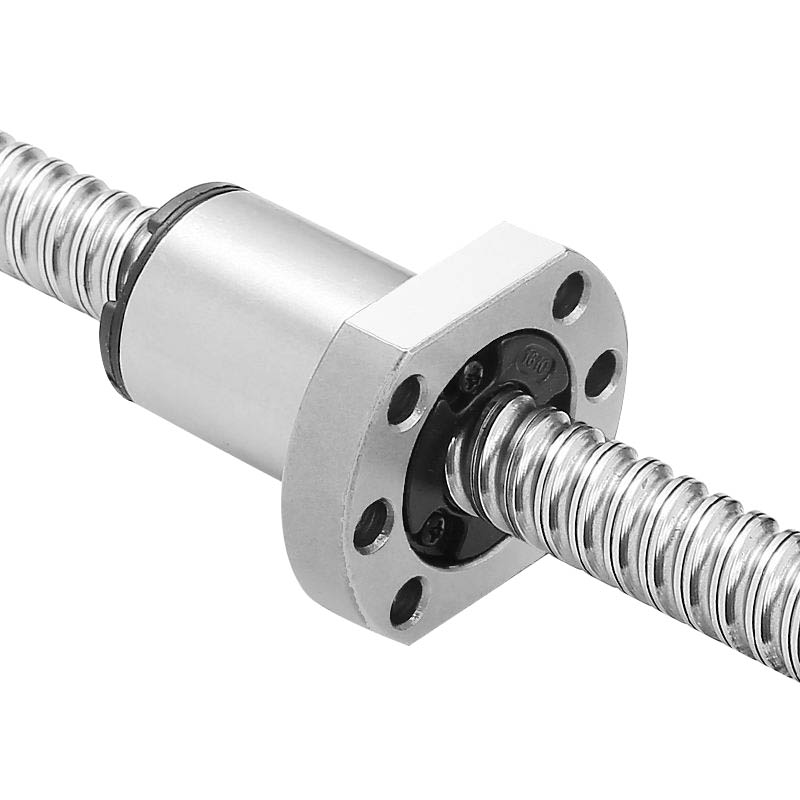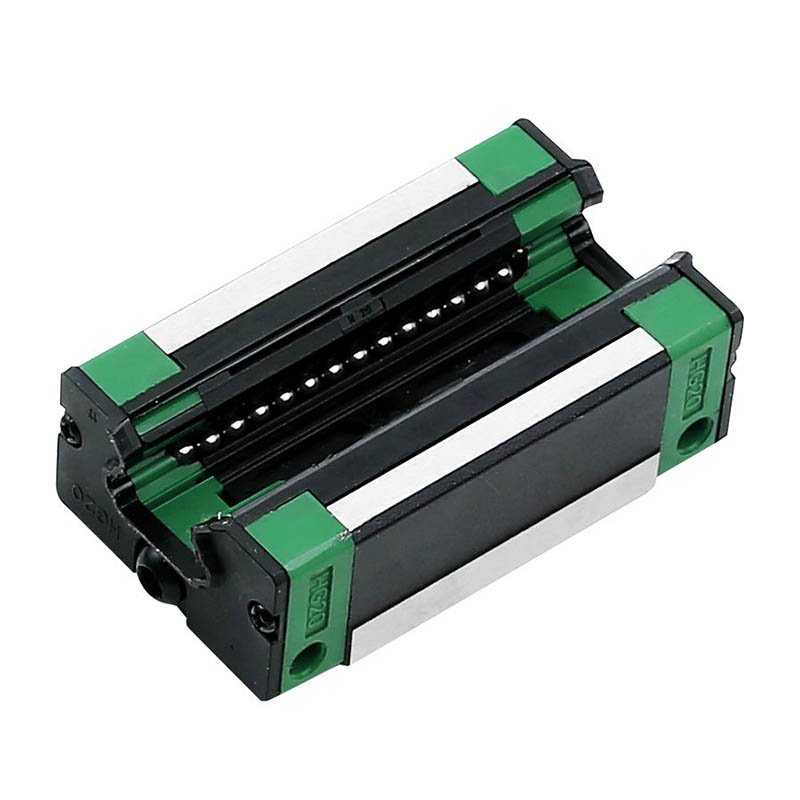In the ever-evolving landscape of manufacturing, automation has become a driving force, and at the heart of this transformation is the linear belt drive. Automation machinery manufacturing factories are increasingly relying on this technology to enhance efficiency, precision, and productivity.
Linear belt drives, a critical component in automated systems, are a type of mechanical actuator that facilitates the linear motion of various components in machinery. These systems are integral in industries ranging from automotive assembly lines to pharmaceutical packaging facilities, and they have revolutionized the way products are made.
The core concept behind linear belt drives is relatively straightforward. They consist of a belt, typically made of rubber or reinforced material, which is looped around pulleys or sprockets, enabling controlled movement. As the pulleys rotate, the belt moves, translating rotary motion into precise linear motion.
One of the primary advantages of linear belt drives is their remarkable precision. These systems offer exceptional positional accuracy, repeatability, and high speeds, which are essential for automation machinery manufacturing. They ensure that every component in the manufacturing process is precisely in its intended place, reducing error rates and increasing product quality.
Furthermore, the use of linear belt drives results in quieter and smoother operation compared to other motion systems. This is particularly crucial in manufacturing environments where noise reduction is essential for worker comfort and safety.
Automation machinery manufacturing factories rely on linear belt drives to improve production output. These systems enable faster operation while maintaining high precision, making it possible to manufacture products at a scale that was previously unattainable.
The maintenance and operation of linear belt drives are relatively straightforward, reducing downtime and overall operational costs. Regular maintenance is key to ensuring long-term performance, but the inherent design of these systems promotes durability and reliability.
However, it's important to note that not all linear belt drives are created equal. Automation machinery manufacturing factories must carefully select the right type of belt drive based on their specific needs. Factors such as load capacity, speed requirements, and environmental conditions all play a role in determining the most suitable linear belt drive for a particular application.
In conclusion, linear belt drives have become a cornerstone of the automation machinery manufacturing industry. Their precision, reliability, and efficiency make them an ideal choice for enhancing the production process. As these factories continue to evolve, linear belt drives will likely play an even more significant role in meeting the demands of an increasingly automated world.








 English
English 中文简体
中文简体 русский
русский Español
Español
